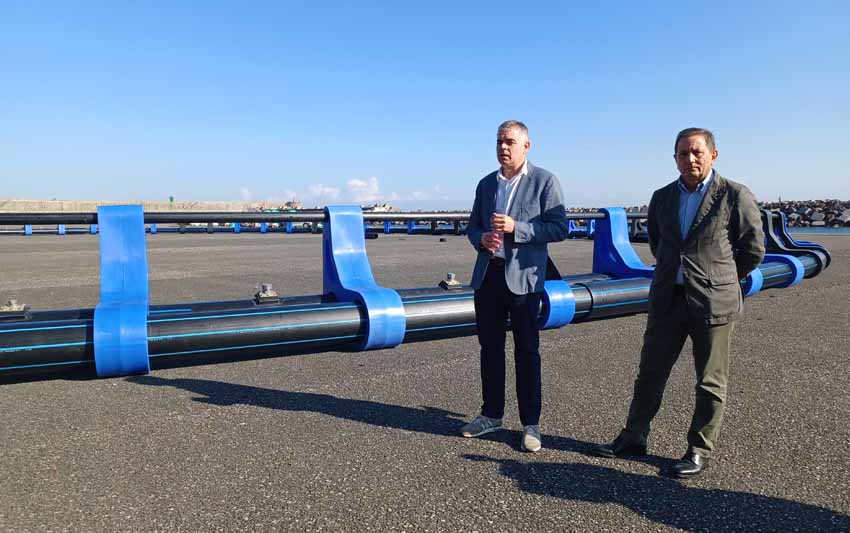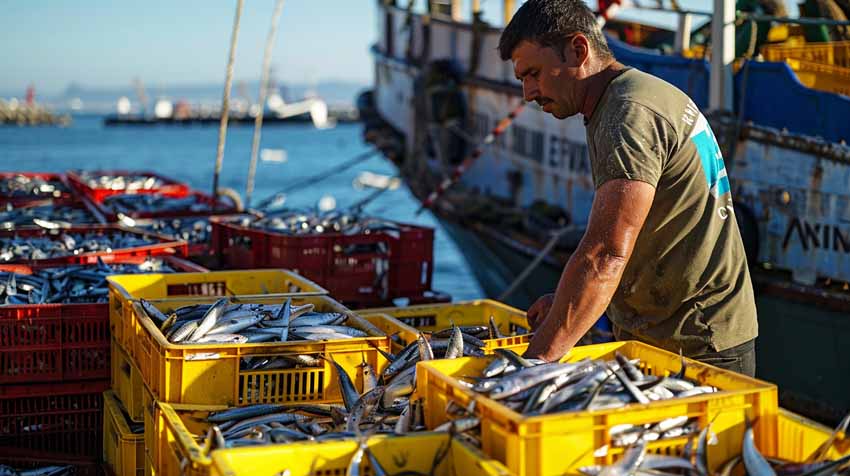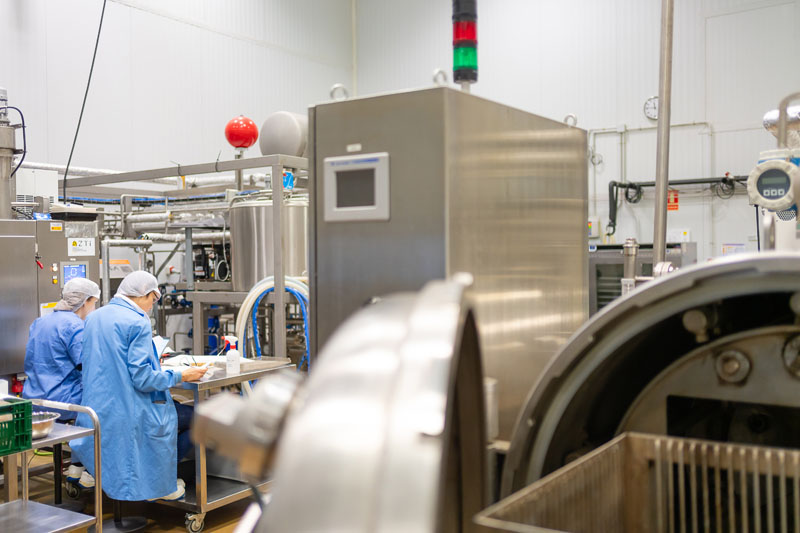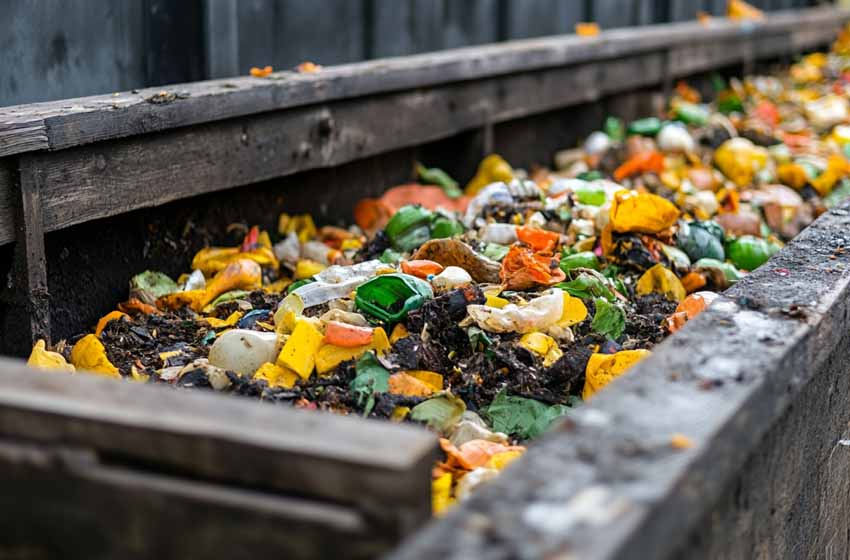A pilot project for the recovery of the bluefin tuna fishery in the Bay of Biscay
Últimas noticias
Fisheries Management and Economics: the urgency of a comprehensive data-based approach
Old nets? New rope! European project tackling marine plastics with circular fishing gear and port solutions
AZPilotManager: A breakthrough in the management of R&D tests in the food industry
- Two pioneering submersible aquaculture facilities installed off Getaria will be tested in 2025 to fatten a limited number of tuna.
- The tuna will be caught live in collaboration with the local fleet using purse seine GEAR, and the results will be evaluated by the International Commission for the Conservation of Atlantic Tunas (ICCAT).
- The initiative, promoted by the AZTI technology centre and the Catalan company Balfegó through Itsasbalfegó, complies with fisheries and environmental legislation and has been approved by all the relevant authorities.
Orio, 24 September 2024- Bluefin tuna fishing in the Cantabrian Sea is conditioned by its low profitability for the fishing fleet due to the smaller size of the individuals caught and also due to the weather conditions that make it difficult to catch them using the usual techniques. For this reason, a large part of the Basque quota is currently transferred to other regions of Spain.
To reverse this situation and encourage the recovery of bluefin tuna fishing in this coastal area, two submersible aquaculture facilities will be installed 3.688 miles from the port of Getaria (Gipuzkoa). These cages will be tested during the autumn and winter months, and in the summer of 2025 the pilot test for the fattening of this species will begin with a limited number of specimens. If the experience is positive, more cages will be installed from 2026 onwards, depending on the fishing quota for fattening.
The initiative, presented today at a press conference by Itsasbalfegó, a company created by the AZTI technology centre and the Catalan company Balfegó, plans to catch live bluefin tuna using purse seine gear in collaboration with the Basque fishing fleet. Subsequently, the catches will be fattened, with the aim of assessing both their economic and environmental viability.
‘The main challenge will be to determine whether it is viable to use purse seine gear for bluefin tuna fishing in the Bay of Biscay. If this is achieved and, subsequently, the fattening in cages is successful, this project could have a very positive impact on the Basque economy and society, making it possible to revalue fishing quotas, improve the quality of the product and optimise fisheries management,’ said Juan José Navarro, assistant director of Balfegó, a leading company in catching, feeding, studying and marketing bluefin tuna.
‘The main challenge will be to determine whether it is viable to use purse seine gear for bluefin tuna fishing in the Bay of Biscay. If this is achieved and, subsequently, cage farming is successful, this project could have a very positive impact on the Basque economy and society, making it possible to revalue fishing quotas, improve the quality of the product and optimise fisheries management,’ said Juan José Navarro, deputy director of Balfegó.
Prior to its implementation, the project has undergone a rigorous administrative and scientific evaluation. ‘The initiative has the support, permission and authorisation of all relevant national and European public administrations in the field of fisheries and the environment. This first stage has also been approved by the International Commission for the Conservation of Atlantic Tunas (ICCAT), which will evaluate the results obtained,’ said Rogelio Pozo, director of AZTI.

Testing phase and continuous monitoring
Prior to the start of tuna catching, scheduled for the summer of 2025, Itsasbalfegó will validate this autumn and winter the buoyancy, immersion capacity and resistance of the cages to the adverse weather phenomena of the Bay of Biscay, a key challenge for this type of aquaculture.
‘Balfegó has been running a similar facility in L’Ametlla de Mar (Tarragona) since 2004, but the conditions in the Bay of Biscay are much more severe, especially in winter. The technology of the cages, with a diameter of 50 metres, is designed to withstand these conditions and minimise the impact of waves,’ explained Navarro. In the event of a storm, the cages can be submerged up to 18 metres to protect both the structure and the fish.
Throughout the project, state-of-the-art sensors and cameras will be used to monitor water quality and biological activity around the cages in real time, ensuring an immediate response to any possible environmental impact.







